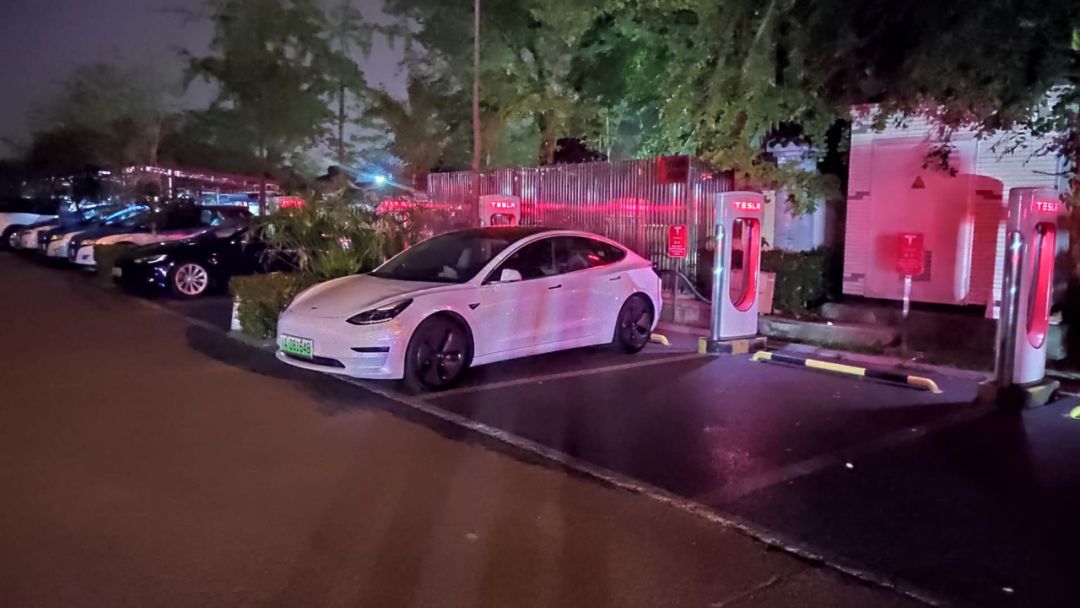This article is from Marshall, a member of the 42 community and owner of the Model 3 Long-Range AWD.
As a former owner of a gasoline car and now an electric car owner, my family and I went on a pre-planned “Chengdu-Haikou” self-driving trip during the National Day holiday. The round-trip distance of this self-driving trip is as much as 4,000 km, which is equivalent to crossing 80% of the territory of our country from west to east. The experience of traveling on the highway during these days has also triggered many of my thoughts and feelings. Today, I will discuss with you from three aspects and share my personal feelings about this long-distance travel:
-
Self-Driving Travel Guide
-
Autopilot Discussion
-
Discussion on whether electric cars are worth buying at the current stage
The following are only my shallow opinions for your reference (self-protection: the following only applies to the Model 3 Long-Range AWD used in this self-driving trip).
Self-Driving Travel Guide
Charging Plan
This route started from Chengdu, and the charging plan used was: Luzhou (Tesla Supercharger) ~ Guiyang (Tesla Supercharger) ~ Hechi, Guangxi (public transport charging station) ~ Nanning (Tesla Supercharger) ~ Zhanjiang (Tesla Supercharger) ~ Xuwen Haian Port (ferry) ~ Haikou (Tesla Supercharger), approximately 1,800 km for one-way trip.
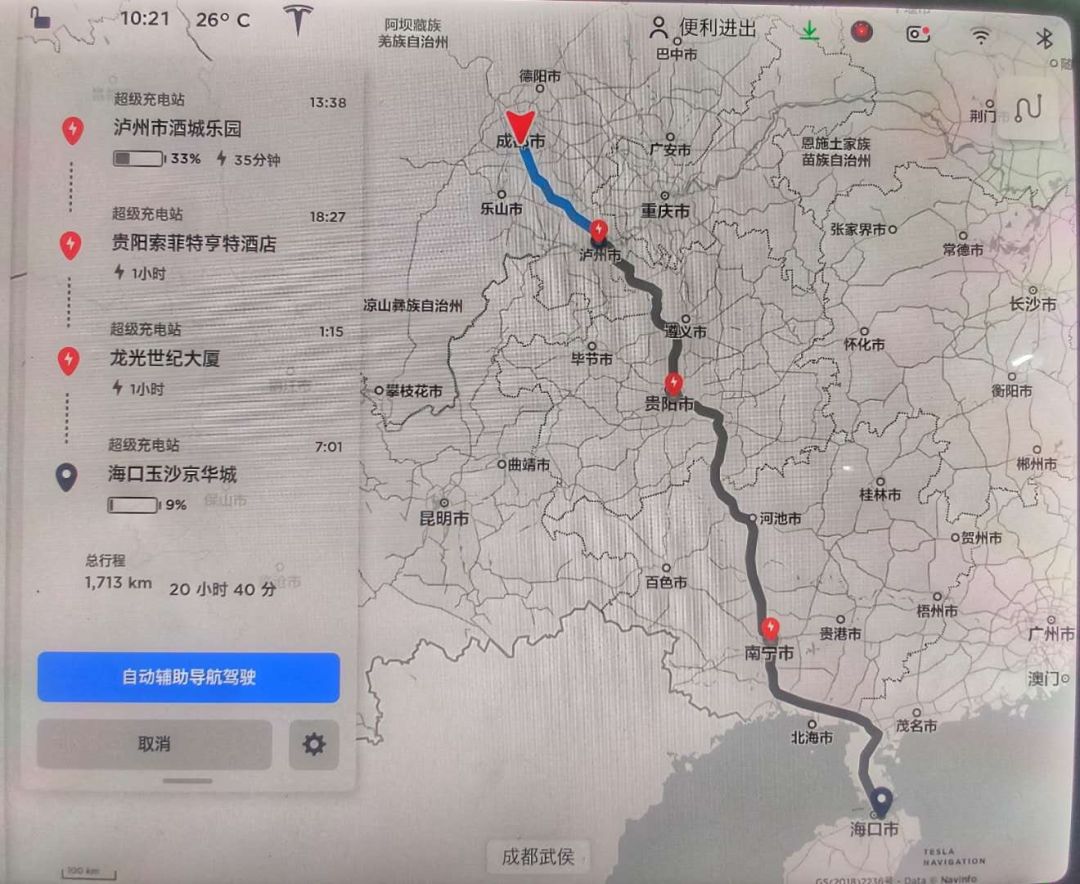
On the evening of September 30, our group of three set off from Chengdu at 8:30 pm and passed G4215 highway (urban congestion). We didn’t arrive at the Luzhou Supercharger until 2 am the next day, which is 266 km away and took about 5 and a half hours, but the range was still comfortable.
The supercharger is located in an above-ground parking lot in the downtown area of Luzhou, with no parking space occupation. According to actual measurement, the peak charging power can reach 110 kW. Since the next destination, Guiyang Supercharger, is 400 km away and uphill, I chose to recharge the battery to a range of 470 km (no pressure on the return trip, mainly downhill).
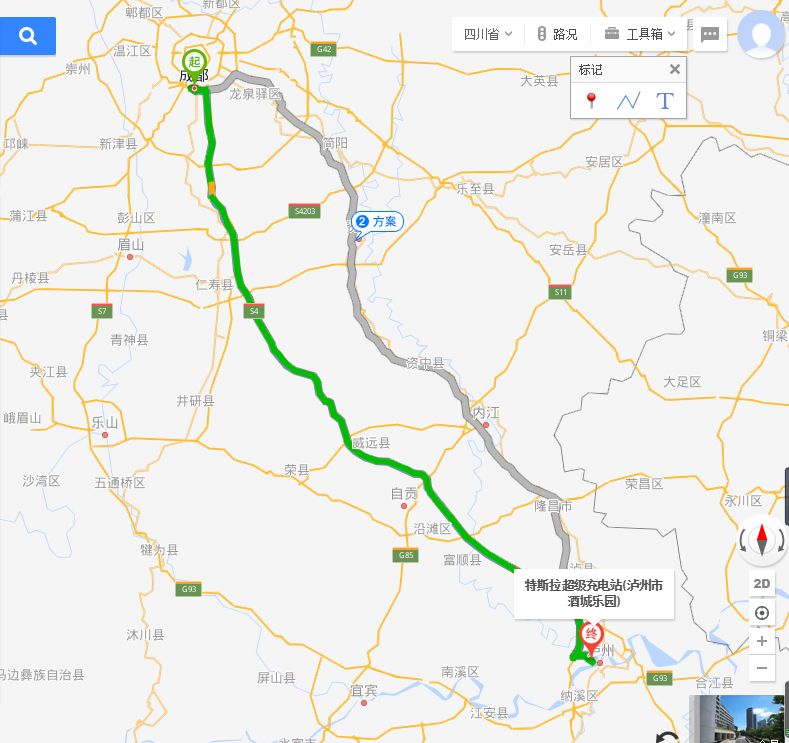
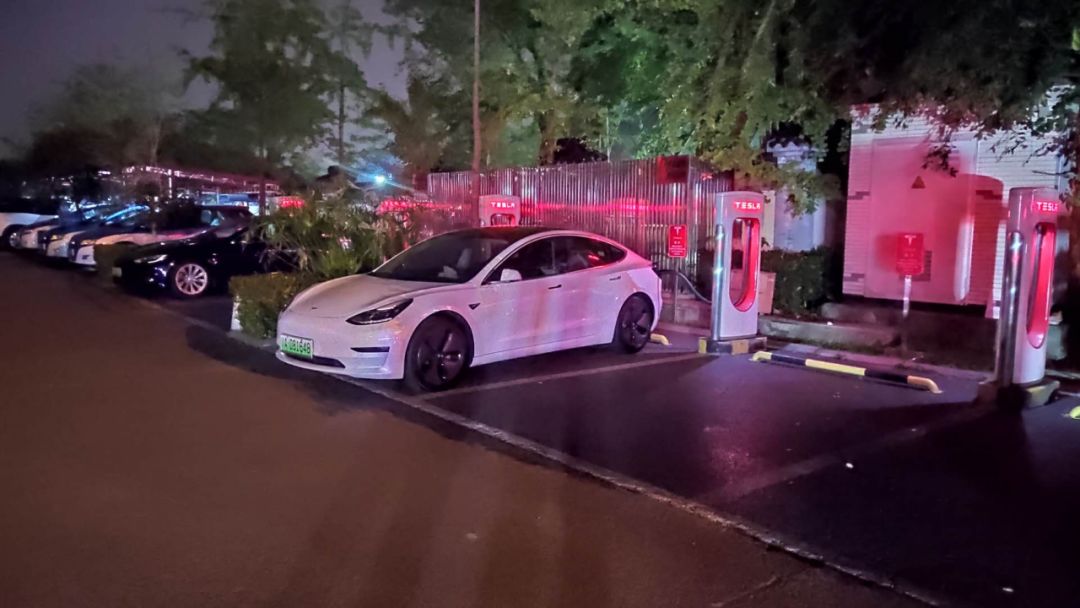
After charging and resting for about 40 minutes, taking advantage of the opportunity to go to the bathroom and stretch our muscles, we continued on to Guiyang.There are three routes to go to Guiyang, and I chose “Route 2” which goes through Rongzun and Lanhai Expressway, passing through Chishui and Zunyi. The road condition is good, the surface of the highway is flat, and the tire noise is small. (Note: I will explain why I mentioned this later.)
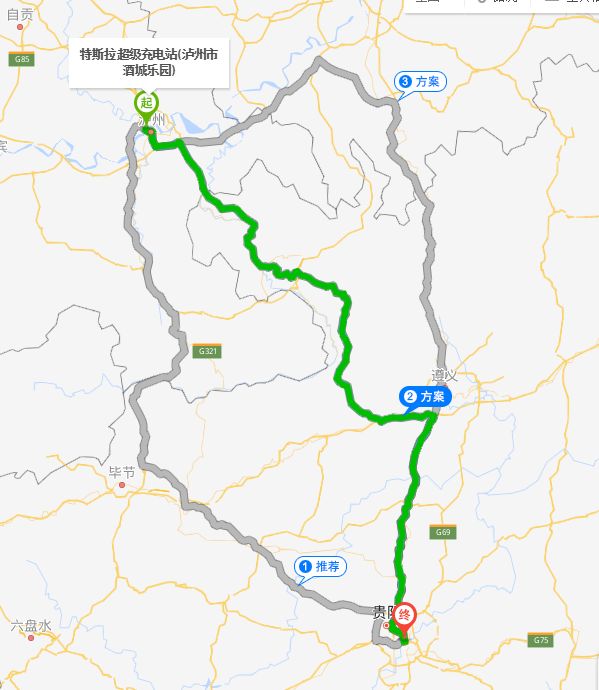
The Guiyang Tesla Supercharger is located in the ground parking lot outside the lobby of the Sofitel Hunter Hotel. It is connected to the highway and the urban expressway, and it is located near the entire route without detours. It is easy to find. The peak power measured was 118 kW, very fast. But don’t go to the underground parking lot, there is no Supercharger there. (We went to the underground parking lot to look for the Supercharger and asked the security guard, but he didn’t even know what the Tesla Supercharger was.)
When arrived at the Supercharger, the remaining range of the vehicle was 50 km, and it had actually traveled 420 km. There were many uphill sections on the highway, and the heavy rain had a certain impact on the range. Along the way, I was reminded that I need to drive at speeds below 100 km/h to reach the destination. Here, I have to praise Tesla for doing a great job in range and energy consumption control.
There are many delicious places within 5 minutes’ walk from the Supercharger. We had this, which was very enjoyable.
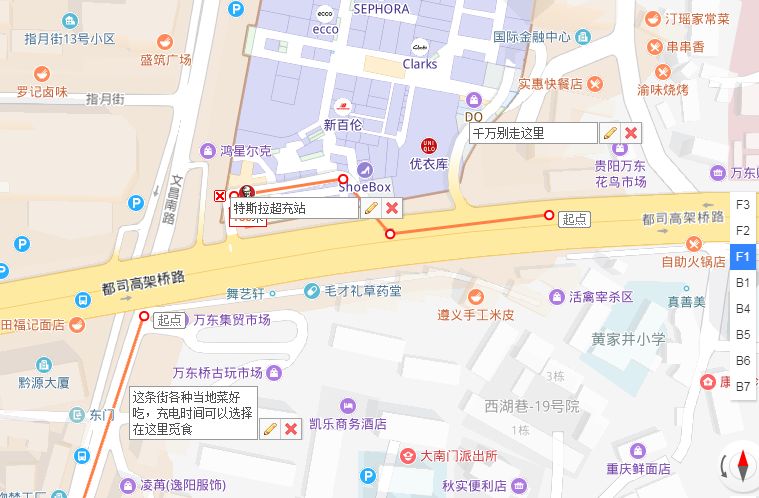
Local food, delicious and affordable, 100 yuan for two people.
By the way, I hurried to unplug and move the car without finishing my meal, as the parking fee was too high and I couldn’t afford it.
The distance between the Guiyang Supercharger and the Nanning Supercharger is approximately 560 km, and it needs to be charged once along the way. There are no Tesla Superchargers along the way. Using the NIO charging APP, I chose a high-quality charging station – the Hechi City Public Electric Bus Charging Station. It only takes 2 minutes to get off the highway from the Hechi East Expressway exit. Compared to the oil car route, you need to detour about 20 km to charge, and the charging power is 35 kW, with a speed of about 250 km/h.
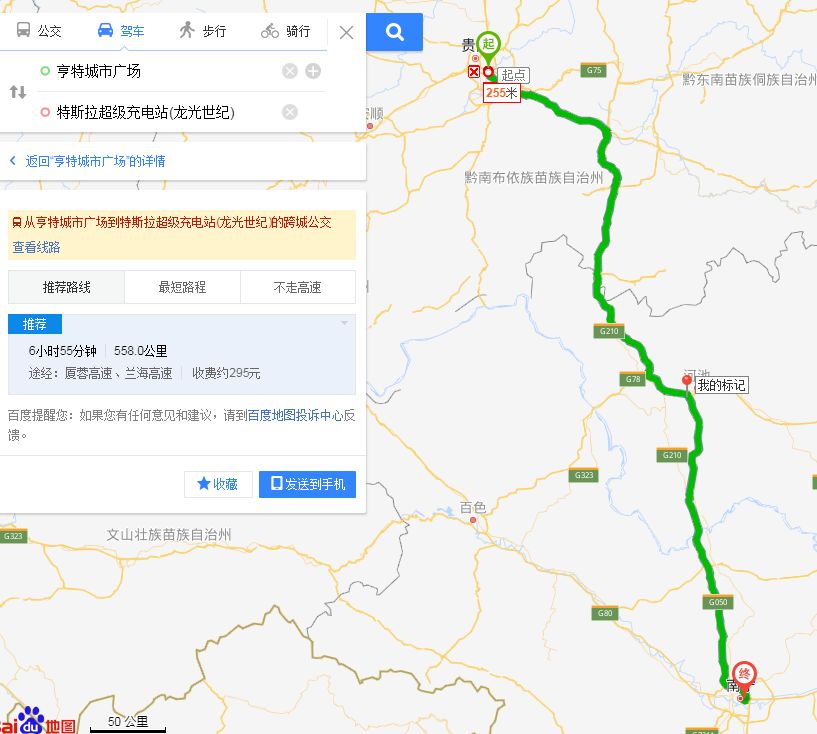
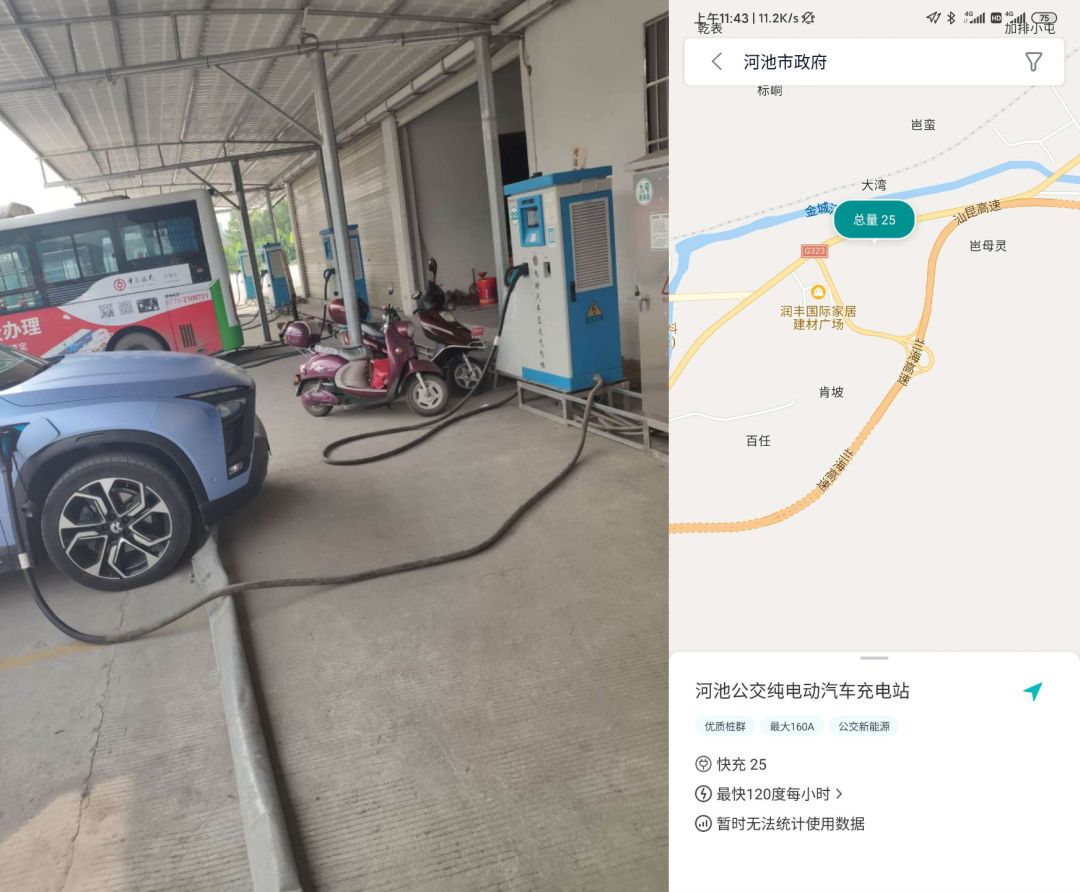
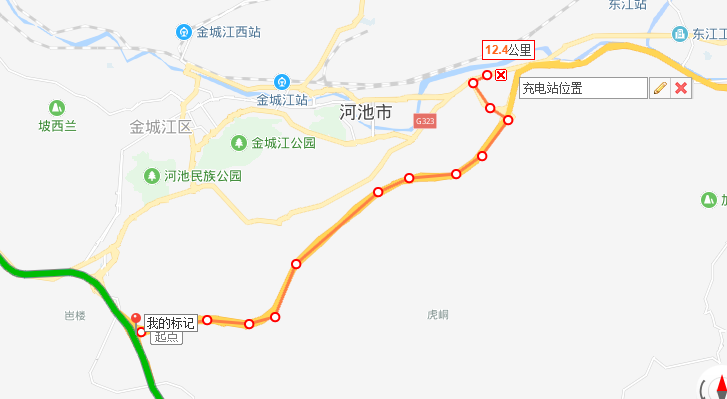
The distance from Hechi to Nanning Supercharger is only 250 km. In order to save time, I did not choose to fully charge the battery, but only charged up to 350 km of range before continuing to Nanning Supercharger.
Nanning Supercharger is located in the underground third floor parking lot of Longguang Century Building, with no occupancy issues and good surrounding construction, making it quite convenient. After a short bathroom break and eating some noodles, the battery was fully charged and I continued on my journey.
I must complain about the highways in Guangxi—they are very noisy!! The entire highway was built in an earlier period, with poor concrete road flatness. The combination of tire noise and bumps caused me to doubt if there was a tire pressure monitoring problem. The endless bumps and fatigue made me extremely irritable. I hope that Guangxi can renovate the roads as soon as possible to improve the travel experience of the people.
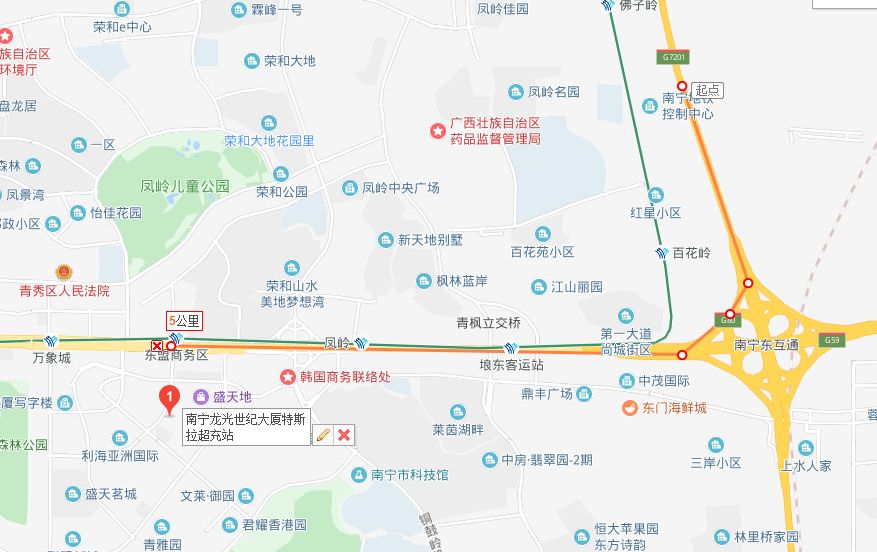
The route from Nanning to Duhaikou (Hai’an Port, Xuwen County) is about 440 km. In order to ensure that there were no unexpected incidents and I had a chance to rest and sleep, I chose to go to Zhanjiang Supercharger 320 km away for the final charge before crossing the sea.
For brave Model 3 long range users, you can actually try to skip it (if you encounter traffic, just turn off the AC). The highway conditions in this section are quite good.
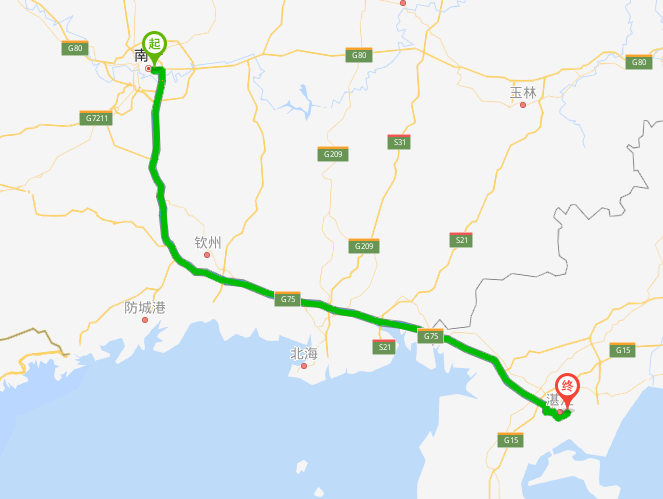
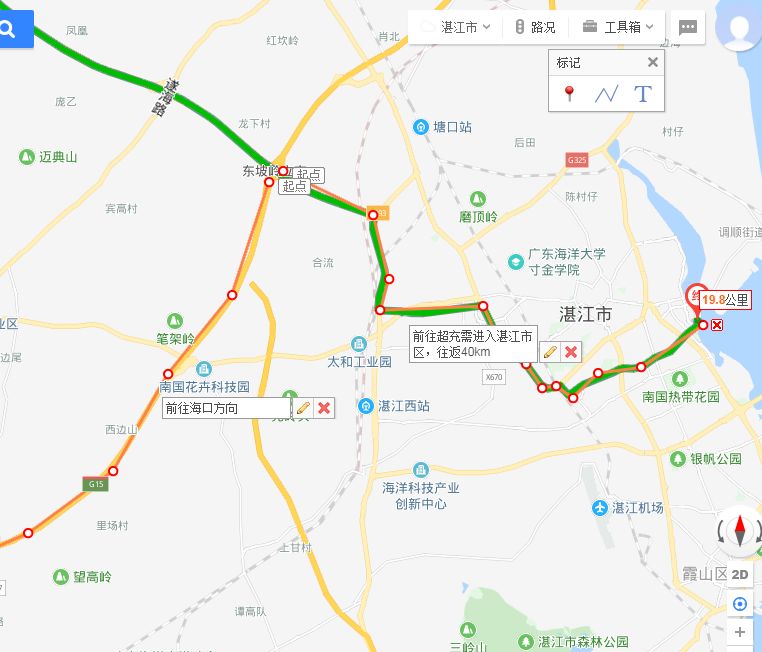
The Zhanjiang Supercharger is located on the second underground floor of Jinsawab Plaza parking lot, with no occupancy issues, and has been tested to provide a power of 117 kW. After charging and taking a 1-hour nap in the car, I set off again and headed to the ferry—Hai’an Port, Xuwen County.
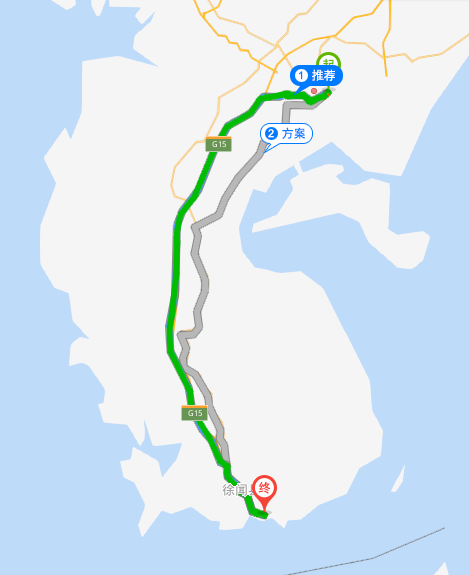 Please make an appointment for ferry tickets in advance on the WeChat official account (account name: Haina Port and Xinhai Port), and you can directly enter the port through the reserved channel after arriving at the port, which reduces the waiting time.
Please make an appointment for ferry tickets in advance on the WeChat official account (account name: Haina Port and Xinhai Port), and you can directly enter the port through the reserved channel after arriving at the port, which reduces the waiting time.
There are two ports in Xuwen: Haina Port and Haian Xinhai Port, corresponding to Xinhai Port and Xiuying Port in Haikou. The crossing time is about 2 hours (Xinhai Port) and 1.5 hours (Xiuying Port), and the ticket prices are around 370 yuan for vehicles and 40 yuan per passenger. Passengers and vehicles must be separated.
Parking is guided by crew members, and the cars are parked very close together, making it inconvenient to get on and off. The cabin is not very clean and there is no air conditioning, but you can choose to go to the café, rest on the sofa with air conditioning (50 yuan per person). Personally, I suggest choosing Xiuying Port, firstly because the crossing time is shorter, and secondly because it is closer to Haikou’s supercharging station.

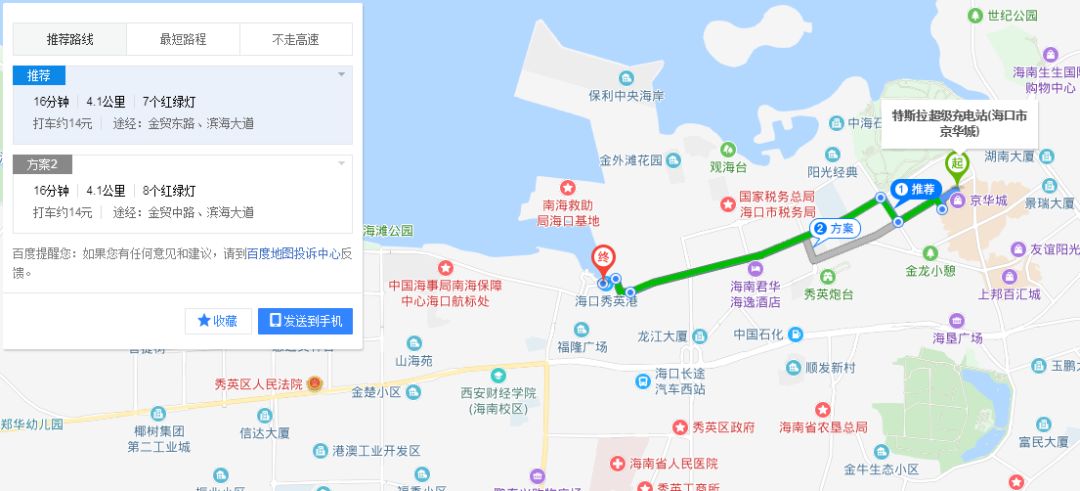
Hainan’s supercharging station is located in the Jinghua Cheng surface parking lot (behind the ramp of the entrance and exit of the underground parking lot), with a measured power output of about 110 kW.
At this point, the entire route is complete and takes about 35 hours (including 6 hours of crossing the sea). After being kept by my leader near the beach in Haikou for three days, we set off for the return journey and returned by the same route.
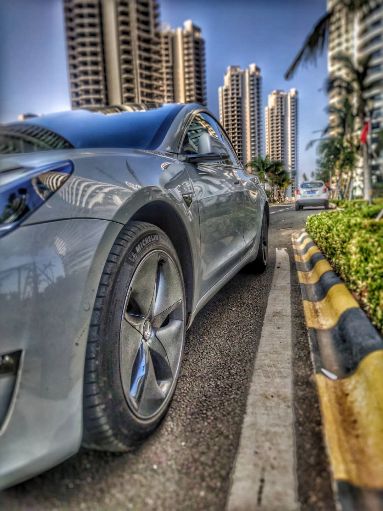
Feeling
After more than three months since the pickup, and with this self-driving trip, we have traveled more than 8,000 kilometers, which is equivalent to one-fifth of the Earth’s equator.
In short – it’s great!
Many friends may think that this trip entered the city only five times to charge, which is a waste of time and not as convenient and efficient as a gasoline car.
This is indeed a fact, but personally, except for the longer distance to the Zhanjiang supercharging station, I didn’t feel anything during the other few charging sessions. The shortest driving interval was 260 kilometers, and the longest was over 400 kilometers. The car needs to rest, and the driver needs to rest as well. All in all, the time was properly arranged and not wasted.In addition, Autopilot assisted driving was used throughout the journey, greatly reducing driver fatigue. I did try manual driving for several tens of kilometers during the journey, and although the strong power made overtaking enjoyable, I felt tired after a while (this may be due to my personal unsuitability for long-term intense driving), which is just my personal feeling.
Compared with the traditional method of refueling at gas stations (queueing is also common) and resting at service areas, I personally feel that except for specific professionals (such as the transportation industry that pursues timeliness and cost), the process of recharging during this trip did not cause me any inconvenience. On the contrary, taking the opportunity to go to the supercharger, planning to use the limited time well (charging too quickly…), and visiting unfamiliar cities and tasting local cuisine is also a good idea. Compared with passing through high-speed roads, it can be regarded as a trip checkpoint. Tesla Superchargers are basically located in local urban areas with more mature development and commercial areas.
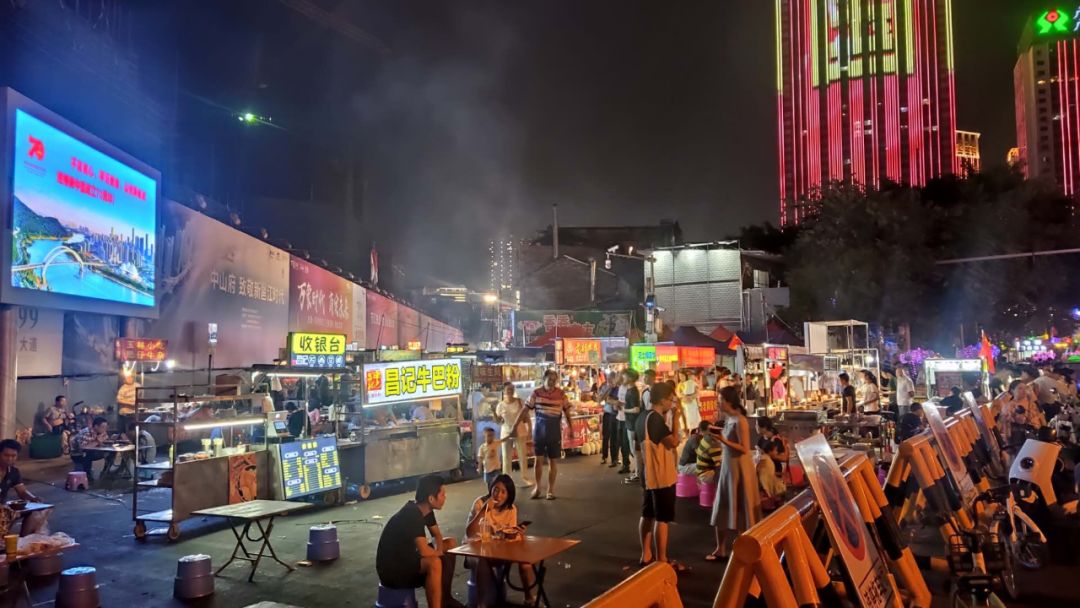
Cost
In addition to the fixed personnel and vehicle ferry fees (National Day expressways are free), 1500 km of free supercharging credits were also given when purchasing the car. Therefore, the total cost for recharging during the round trip was more than 300 yuan. Even if the market value of the free charging is included, the total electricity cost for the whole journey is only 700-800 yuan, which is quite cheap compared to the 4000 km journey.
Many people may say that buying a car costs so much money, isn’t it expensive? My point of view is: if the car purchase budget is 500,000 yuan (including the purchase tax of Model 3 at that time… crying), the corresponding range of gasoline cars is high-end Mercedes E-Class, BMW X3, 530 Hybrid and other models, which require approximately 30,000 yuan for fuel and maintenance costs annually.
In contrast, the nearly zero maintenance cost of Model 3 and the energy cost which is negligible compared to fuel, coupled with the automatic driving functions such as AP absent in gasoline cars and the century-old vehicle-machine interaction experience lagging behind Tesla, combined with personal usage conditions, if the 530Li hybrid version is replaced, perhaps this long-distance self-driving may not have the opportunity to occur.
Range
There are many tests on the range of Model 3 on the internet. Here, I will briefly mention it (yes, I will just briefly mention it!). The most worrying range during this trip was the section from Luzhou to Guiyang, with a distance of 400 km, cruising for 100-120 km throughout, mostly uphill, and there was heavy rain on the way which would definitely have an impact on the range.“`
When departing, the cruising range is 470 km, with three adult passengers, some luggage, full air conditioning, and remaining cruising range of 48 km upon arrival after an actual driving distance of 410 km, which can be considered quite remarkable.
On the return trip of this segment, the cruising range is 480 km upon departure and there is more than 150 km of remaining cruising range upon arrival, with 30% of battery capacity remaining (energy recovery charging all the way downhill).
When cruising at a normal speed of 120 km/h, the energy consumption is 140-150 Wh/km, which is equivalent to 14-15 kWh/100 km, and the energy consumption is quite low. That is to say, the Model 3 Long Range has the ability to achieve up to 500 km of high-speed cruising range on a full charge without deliberately reducing driving speed. This is almost comparable to fuel vehicles.
My other claimed-to-have excellent driving quality 2.0T four-wheel drive SUV has a full-tank cruising range of only 600 km, and its driving quality cannot match that of the Model 3 at all. One tank of fuel costs 450 yuan compared to one charge of electricity cost only 150 yuan (according to supercharging, if it is a service provider such as Tesla, the cost of full charge is only more than 60 yuan).
With the development of technology, cruising range and charging time are no longer constraints of electric vehicles themselves, but rather subject to the construction of supercharging stations in highway service areas. Fortunately, the country recently released policies to accelerate the construction of charging stations and supporting facilities. Within the next 2 years, high-speed charging stations on highways will be fully covered. China’s speed, you know, must be praised!
Let’s Talk about Autopilot
Tesla updated the latest V10.0 version of the vehicle system before the holiday, and I also upgraded it for the first time. The specific functions will not be repeated here. Let’s mainly talk about the evolution and shortcomings of Autopilot’s automatic driving assistance after this update.
Evolution – There is a suspected predictive response to neighboring lane vehicles changing lanes at a close distance into the current driving lane.
Why use predictive? It is because although I have observed along the way and basically confirmed that the strength of AP has been further upgraded, I will not be certain unless the official states it.
Regarding vehicle B’s lane change, multiple observations showed that the Model 3 had already calibrated the vehicle in the visual display (turning black in daytime, turning white at night, Tesla owners should know what I am talking about, haha) and achieved responsive capabilities when the vehicle B’s wheels had not crossed the centerline or when it was about to invade the current lane. This indicates that the AP in version 10 has a certain predictive ability for other vehicles changing lanes in this situation. This kind of early recognition has a higher recognition rate when the space for lane change is smaller, but recognition speed is slightly slower when the distance is longer.
“`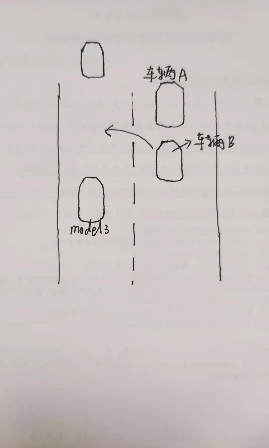
Idiot — NoA is not perfect yet, and its ability to predict lane change in advance is poor.
We know that when the NoA function is enabled and the system determines that overtaking is not allowed, the vehicle is driving in the right lane (the system defaults to the left lane as the overtaking lane and will not occupy it for a long time).
For example, when cruising at a speed of 120 km/h in a lane, when encountering a slower speed of the vehicle in front (such as 80 km/h), a human driver will discover the preceding vehicle at a farther distance and change lanes in advance to avoid slowing down. However, most of the time, the Model 3 will approach the front vehicle and slow down to the same speed for a period (such as 10 seconds) before changing lanes, which is unnecessary and “procrastinating”. However, I have also found that sometimes the Model 3 can perform advance lane change operations similar to humans, but the timing and frequency are not fixed, and I look forward to further evolution of the FSD function.
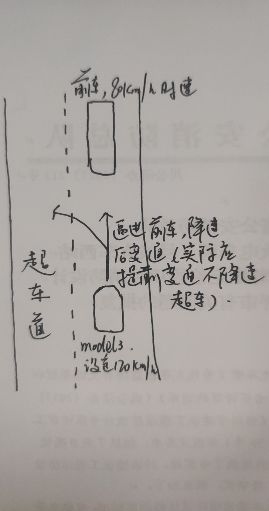
Can electric cars be purchased at this stage?
Before I pick up the pen, I intended to give you a good introduction to the development of electric cars. However, a recent popular Weibo article, “The Last Cry of an Electric Car Hater,” has already explained the advantages and disadvantages of electric cars from macro and micro perspectives, so I won’t elaborate here.
My opinion: Excellent electric cars at this stage are worth buying (NEDC range of 300 km is sufficient for daily urban transportation, choose NEDC range of 500 km or more for frequent highway driving. As for the fixed parking space, it is not a problem at all. Since most electric car batteries are already lifetime quality guaranteed, you can boldly and confidently choose fast charging. It once priced at 0.8 yuan per degree, which is very cheap. Moreover, for most users, an average of one hour of charging time per week is still acceptable). Excellent electric cars even have the long-distance assisted driving ability in most scenes (Autopilot, Nio Pilot), and their software systems are capable of high-speed iteration.
There is no doubt that the future belongs to electric cars.
It is expected to take 20 years or even longer for civilian EVs to completely replace fuel vehicles. This journey, we witness together.
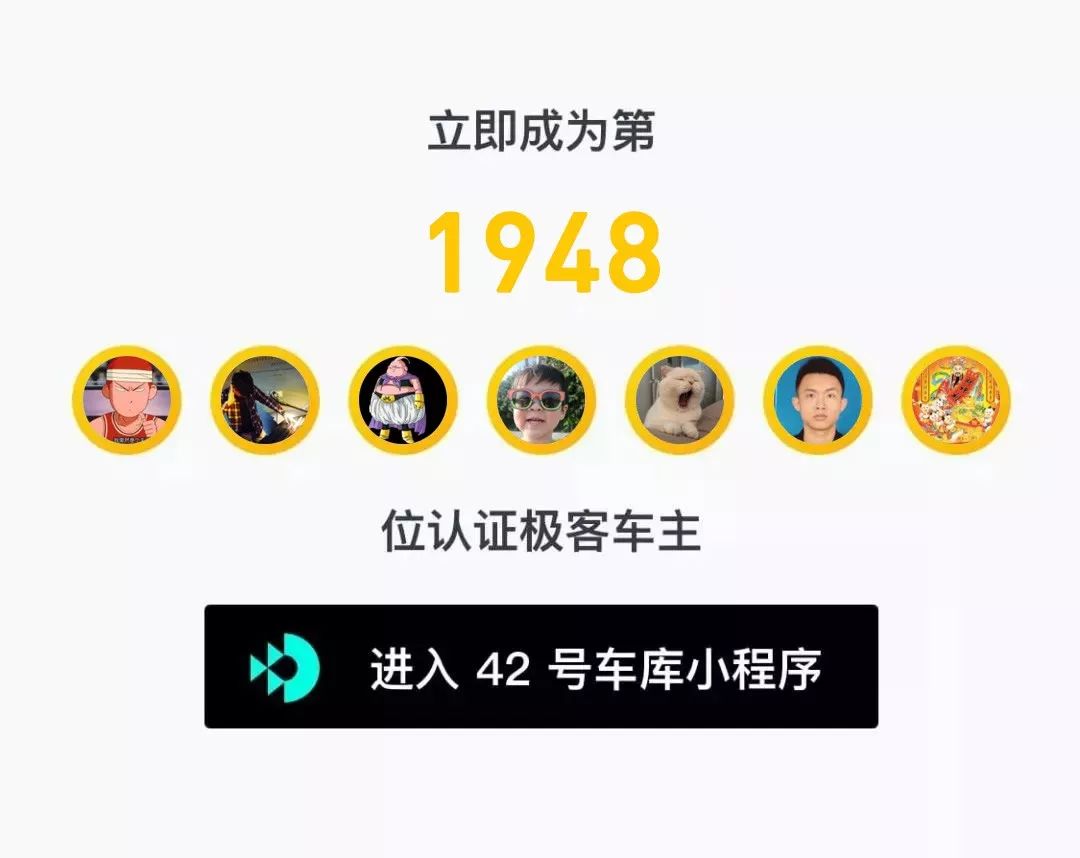

-
Experience Tesla V10 System before others | Maximum Unboxing
-
What’s it like driving an electric car for 400 kilometers during the Spring Festival travel rush?

This article is a translation by ChatGPT of a Chinese report from 42HOW. If you have any questions about it, please email bd@42how.com.
